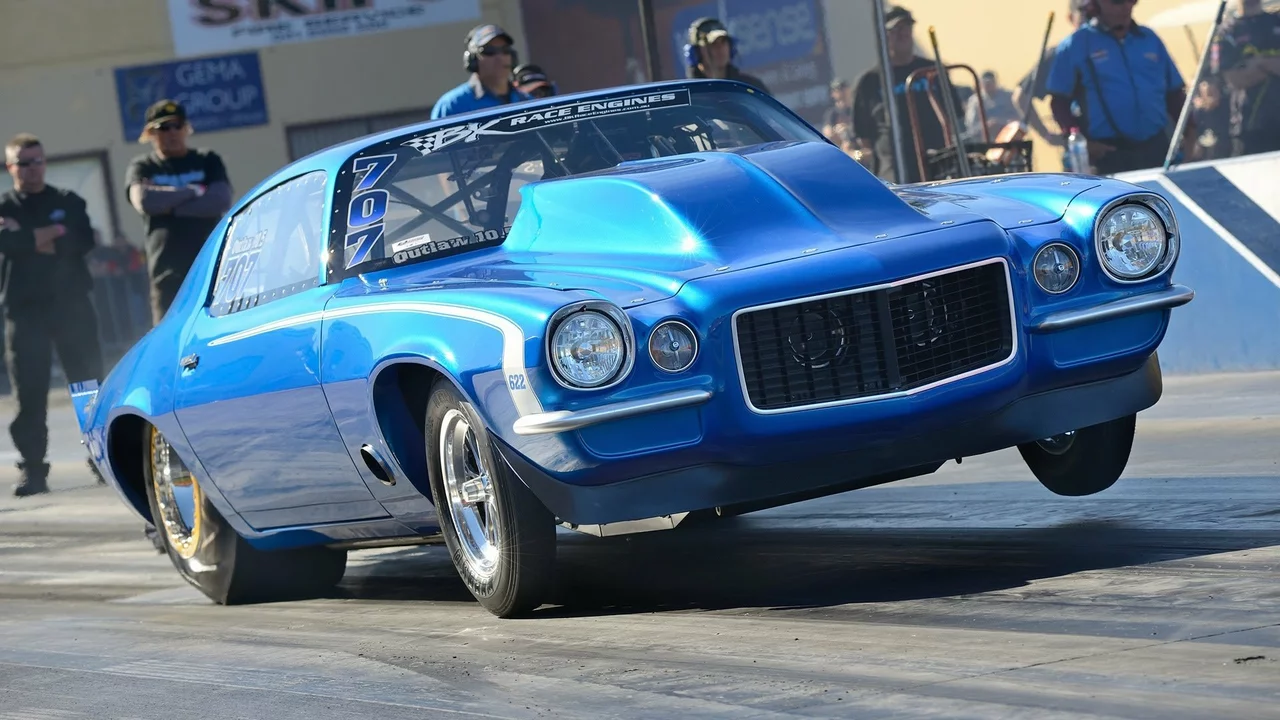Pros and Cons of Starting a Motorsport Journey
If you love speed, hear the roar of an engine, and can picture yourself on a track, motorsport can feel like a dream. But before you quit your day job, it helps to break down what’s great about it and what could bite you later.
Why People Jump In – The Real Pros
First off, the adrenaline rush is real. Nothing beats the feeling of pushing a car to its limits and hearing the tyres bite the asphalt. That rush keeps many racers coming back for more.
Second, you learn skills you can’t get in a regular office. You become better at quick decision‑making, precision, and handling pressure. Those traits translate into better focus at work, school, or any hustle you have.
Third, the community is massive. From local kart clubs to big‑track events, you’ll meet people who share the same fire. Those connections can open doors to sponsorships, jobs, or just a crew that cheers you on.
Fourth, if you love tech, motorsport is a playground. You’ll get hands‑on with aerodynamics, data analysis, and engine tuning. That knowledge can land you a role in automotive engineering or a related field.
The Flip Side – What Might Hold You Back
Money is the biggest hurdle. Licences, safety gear, a decent car, and travel costs add up fast. Even a modest kart season can cost a few thousand pounds, and moving up to formula or GT cars multiplies that figure.
Time commitment is another factor. Practice sessions, travel, and race weekends can eat up evenings and weekends. If you have a full‑time job or studies, balancing everything takes serious planning.
Risk of injury is real, too. High speeds mean crashes can happen, and even with safety gear, you can walk away with bruises or worse. Knowing the risks helps you prepare—proper training and a good safety net are a must.
Finally, the career path is uncertain. Only a tiny slice make it to the top tiers like Formula 1 or World Rally Championship. Most racers end up as hobbyists or move into support roles like mechanics, engineers, or coaches.
So, how do you decide?
Start small. Join a local karting club or a beginner’s track day. Feel the thrill, test the budget, and see if you can fit the schedule. Track your progress and costs for a few months. If the pros keep outweighing the cons, consider stepping up to a higher class.
Also, talk to people already in the sport. Ask about their biggest challenges and how they solved them. Their stories often reveal hidden costs or shortcuts you wouldn’t think of on your own.
Remember, motorsport isn’t just about winning trophies. It’s about learning, meeting a community, and pushing personal limits. If those ideas excite you more than the fear of expense or injury, you’re on the right track.
In short, the pros are thrill, skill growth, community, and tech knowledge. The cons are cost, time, injury risk, and an uncertain career ladder. Weigh them honestly, start modestly, and let the experience guide you. Whether you stay a weekend racer or chase a professional seat, knowing the pros and cons keeps your journey realistic and enjoyable.

22
Jul
Drag racing an All-Wheel Drive (AWD) car has its own set of advantages and disadvantages. On the plus side, AWD cars provide better traction and stability, which can be a huge benefit during a race, especially in poor weather conditions. They also offer quicker acceleration from a standstill, giving you a potential head start. However, the downsides include heavier weight due to the additional drivetrain components, which can affect speed. Furthermore, AWD systems require more maintenance, which can be costly and time-consuming.
Read More
